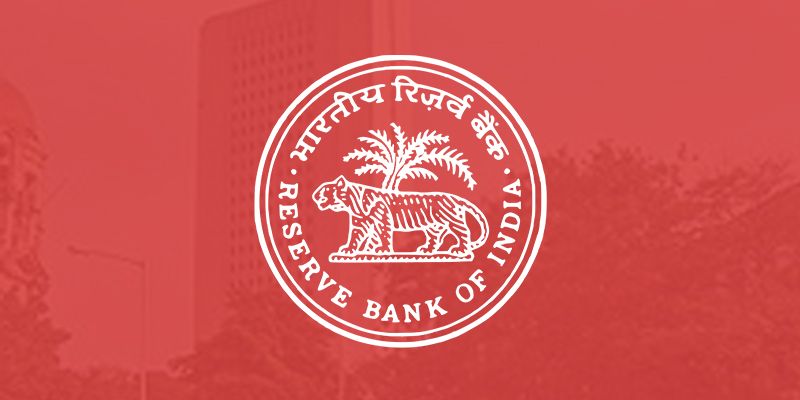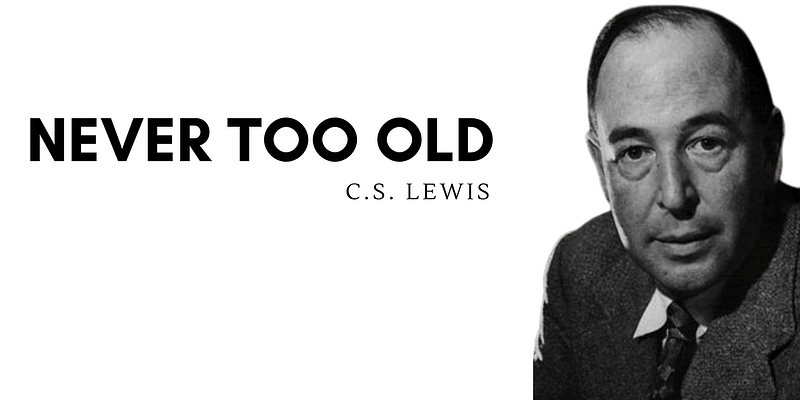Cash shortage – nothing noteworthy in RBI policy
When will the cash shortage end? We were none the wiser after Mint Road’s policy review on Wednesday.
All we were told was that around Rs 4-lakh-and-odd crore of new notes have been freshly minted. Reserve Bank of India’s (RBI) Deputy Governor R Gandhi said around Rs 11.44 lakh crore of the old currency had re-entered the banking system (that is have been exchanged for new notes) out of the total Rs 15.44 lakh crore in circulation on November 8 when demonetisation was announced.

November’s payday week saw queues becoming longer at bank branches and in front of automated teller machines (ATM). While they have become shorter at bank branches in the metros, it’s very much the same story in the smaller towns and hinterland; so too at ATMs.
Sources in cash logistics firms (CLF) who didn’t want to be named surmise the reason could be that the authorities thought it made sense to push cash (new notes) to bank branches on a priority basis as larger amounts can be handed out to the public than via ATMs. The counter-view to this is that it made sense when the ATM network had not been fully recalibrated and Rs 100 notes were quickly exhausted to the huge demand. But not now, when almost 95 percent of 2,20,000 ATMs have been “reset” to accept the new Rs 500 and Rs 2,000 notes.
The larger impact
Mint Road did not state in black and white the effects of demonetisation on the economy as it is early days yet.
It did note that the abrupt compression of demand in November due to the withdrawal of SBNs (specified bank notes) could push down the prices of perishables in the reading (of inflation) that becomes available in December. While discretionary spending on goods and services in the CPI, excluding food and fuel – constituting 16 percent of the CPI basket – could have been affected by restricted access to cash, the price of these items may weather these transitory effects as they are normally revised according to preset cycles. Price of housing, fuel and light, health, transport and communication, paan, tobacco and intoxicants, and education – together accounting for 38 percent of the CPI basket – may remain largely unaffected.
Is there a silver lining? The withdrawal of SBNs could result in a possible temporary reduction in inflation of the order of 10-15 basis points in the third quarter. And, therefore, headline inflation is projected at five percent in the fourth quarter fiscal of 2017, with risks tilted to the upside, but lower than in the October policy review.
We can still hope for a rate cut ahead of the Union Budget on February 1.








![[Funding alert] Square Yards raises $25M from Hong Kong-based ADM Capital](https://images.yourstory.com/cs/2/b87effd06a6611e9ad333f8a4777438f/SquareYards-1626413266535.PNG)


